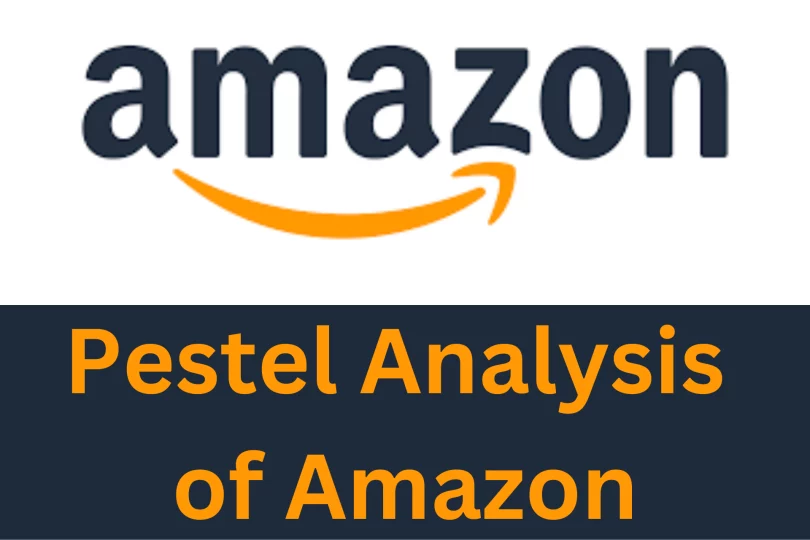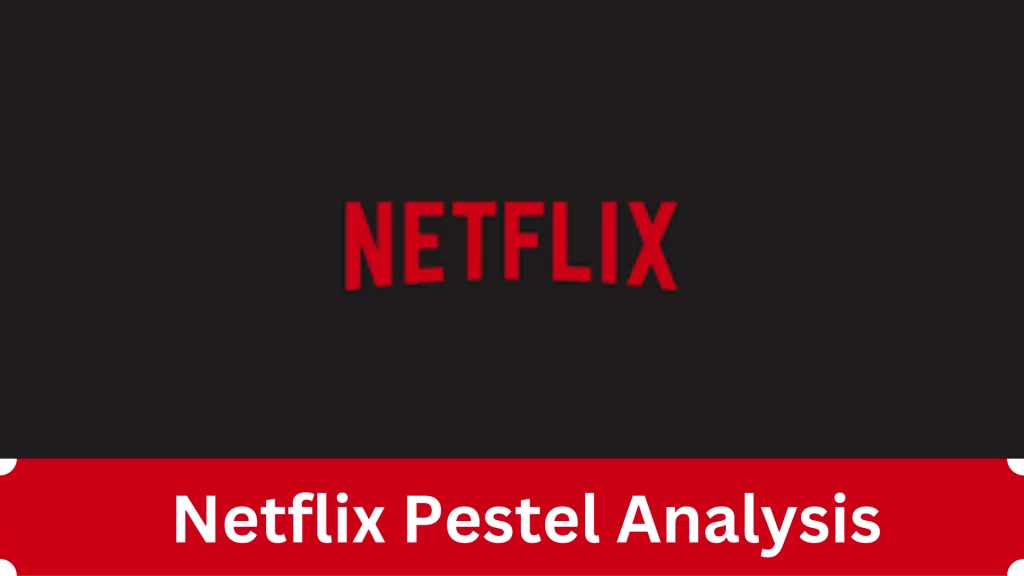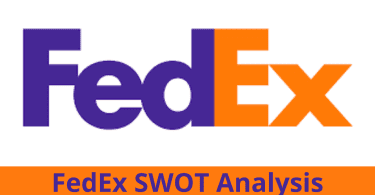Amazon Pestel Analysis Overview
Maintaining a competitive edge in the dynamic global e-commerce industry is crucial for industry leaders such as Amazon. As we enter 2024, this e-commerce giant encounters a spectrum of challenges and opportunities molded by the broader business landscape.
Within this extensive examination, we thoroughly analyze Amazon’s environment, employing the PESTEL framework to scrutinize the political, economic, social, technological, environmental, and legal forces shaping Amazon‘s growth trajectory.
Political Factors
The international political environment can significantly impact Amazon’s growth in 2024. Here are some potential positive and negative impacts:
Positive impacts:
Increased demand for e-commerce:
The COVID-19 pandemic has increased demand for e-commerce, as people have spent more time shopping online. This trend will continue in 2024, even as the pandemic subsides.
Expanding into new markets:
Amazon continues expanding into new markets, such as India and Southeast Asia. This expansion could help to drive growth in 2024.
Cloud computing:
Amazon Web Services (AWS) is the leading platform. Businesses of all sizes use AWS, and its popularity is likely to continue to grow in 2024.
Negative impacts:
Government regulations:
Governments around the world are increasingly regulating e-commerce companies. This regulation could make it more difficult for Amazon to operate in certain markets.
Geopolitical tensions:
Geopolitical tensions could also hurt Amazon’s growth. For example, the conflict in Ukraine could lead to a decrease in demand for Amazon’s services in Russia.
Overall, the impact of the international political circumstances on Amazon’s growth in 2024 is uncertain. There are several potential positive and negative impacts. The impact will likely vary depending on the specific market.
Here are some specific examples of how the international political circumstances could affect Amazon’s growth in 2024:
Increased tariffs:
If governments increase tariffs on imported goods, this could make Amazon’s products more expensive, decreasing demand.
Trade wars:
Trade wars could also harm Amazon’s growth. For example, the trade war between the United States and China has led to supply chain disruptions, making it more difficult for Amazon to get products to its customers.
Data privacy regulations:
Governments worldwide are increasingly passing data privacy regulations. These regulations could make it more difficult for Amazon to collect and use customer data, hurting its advertising business.
Overall, the international political environment is a complex and unpredictable factor that could significantly impact Amazon’s growth in 2024.
Economic Factors
The international economic climate can significantly influence Amazon’s expansion in the next years. Here are some potential positive and negative impacts of inflation, the post-COVID-19 era, and other economic factors:
Positive impacts:
Strong global economy:
A strong global economy could lead to increased consumer spending on e-commerce and cloud computing services, which are key businesses for Amazon.
Increased demand for e-commerce:
The COVID-19 pandemic has increased demand for e-commerce, as people have spent more time shopping online. This trend will continue in 2024, even as the pandemic subsides.
Growth of cloud computing:
Amazon Web Services (AWS) is the leading cloud computing platform, and its popularity is likely to grow in the coming years.
Negative impacts:
Inflation:
Inflation could increase Amazon’s costs, reducing its profits. Inflation could also lead to decreased consumer spending, hurting Amazon’s sales.
Post-COVID-19 economic uncertainty:
The post-COVID-19 economic recovery is still uncertain, and a recession could hurt Amazon’s growth.
Increased competition:
Amazon faces increasing competition from other e-commerce companies, such as Alibaba. This competition could make it more difficult for Amazon to attract and keep customers.
In addition to the above, here are some other economic factors that could impact Amazon’s growth in 2024:
Interest rates:
Rising interest rates could make it more expensive for Amazon to borrow money, limiting its investment in new growth initiatives.
Exchange rates:
Changes in exchange rates could impact Amazon’s costs and profits, depending on where it sources its products and sells its services.
Global trade tensions:
Global trade tensions could disrupt Amazon’s supply chains and make it more difficult to get products to its customers.
Social Factors
The international social atmosphere can significantly impact Amazon’s growth in 2024. Here are some possible positive and negative impacts of changing consumer habits, digital natives, and other social factors:
Positive impacts:
Changing consumer habits:
Consumer habits constantly change, and Amazon is well-positioned to adapt. For example, the rise of social commerce is a trend that Amazon embraces.
Amazon also invests in new technologies like artificial intelligence and virtual reality to create new customer shopping experiences.
Digital natives:
Digital natives are people who have grown up with the internet, and they are a key demographic for Amazon. Digital natives are more likely to shop online and use digital services than older generations.
Amazon is well-positioned to serve this demographic with its wide range of products and services.
Globalization:
The world is becoming increasingly globalized, and Amazon is well-positioned to benefit from this trend. Amazon can sell its products and services to customers all over the world, and it can also source products from suppliers all over the world.
Negative impacts:
Social media:
Social media can be a powerful tool for Amazon to reach and engage with customers. However, social media can also be a double-edged sword. If Amazon makes a mistake, social media can amplify it (bad buzz) and damage its reputation.
Consumer backlash:
Amazon has been criticized for its labor practices, environmental impact, and market dominance. This consumer backlash could hurt Amazon’s growth.
Overall, Amazon needs to adapt to changing consumer habits and manage its reputation on social media to maintain its growth in the next years.
Technological Factors
Technological advancements such as artificial intelligence (AI), 5G technology, virtual reality (VR), and the Internet of Things (IoT) are likely to have a substantial influence on the growth and durability of Amazon in the coming years. Here are some specific examples:
Artificial Intelligence:
AI can improve Amazon’s supply chain, product recommendation systems, and customer service. For example, Amazon uses AI to predict customer demand and optimize inventory levels. Amazon also uses AI to develop new products and services, such as the Amazon Echo and Alexa.
5G:
5G will provide Amazon with faster and more reliable internet connectivity. This will enable Amazon to offer new and innovative services, such as augmented reality and virtual reality shopping experiences. 5G will also allow Amazon to deliver products to customers faster and more efficiently.
Virtual Reality:
VR can create immersive shopping experiences for Amazon customers. For example, Amazon could allow customers to “try on” clothes or furniture in VR before they buy them. Amazon could also use VR to create virtual stores where customers can browse and purchase products.
Internet of Things:
IoT devices can collect data about customer behavior and preferences. This data can be used to improve Amazon’s product recommendation systems and customer service.
For example, Amazon could use IoT data to recommend products to customers based on their past purchases and browsing history. Amazon could also use IoT data to predict customer needs and offer personalized services.
To summarize, the technological environment will impact Amazon’s growth and expansion in the coming years. Amazon is well-positioned to benefit from these advances, as it already invests heavily in AI, 5G, VR, and IoT.
Environmental Factors
According to our investigations, the following are some ecological factors that could affect the growth of Amazon in the next years:
Climate change:
Climate change is already hurting Amazon’s business. For example, extreme weather events such as floods and droughts can disrupt Amazon’s supply chain and damage its infrastructure.
Climate change also leads to rising sea levels, which could threaten Amazon’s fulfillment centers in coastal areas.
Resource scarcity:
Amazon’s business depends on many natural resources, such as water and energy. Resource scarcity could lead to higher costs for Amazon and disrupt its operations.
Environmental regulations:
Governments around the world are increasingly enacting environmental regulations. These laws could make it more difficult for Amazon to operate and increase its costs.
Consumer demand for sustainable products and services:
Consumers increasingly demand sustainable products and services. Amazon will need to invest in sustainability initiatives to meet this demand.
Overall, the ecological environment is a complex and unpredictable factor that could significantly impact Amazon’s growth in the next years.
According to Amazon’s management, the company is aware of the ecological challenges that it faces, and it is taking steps to address them.
For example, Amazon has set a goal of becoming carbon neutral by 2040. Amazon is also investing in renewable energy and developing more sustainable packaging.
However, Amazon still faces several ecological challenges, and it is important to monitor how these challenges impact its business in the coming years.
Legal Factors
Based on our analyses, the following are some legal factors that could influence the expansion of Amazon in the next years:
Antitrust regulations:
Amazon is facing increased scrutiny from antitrust regulators worldwide. Regulators are concerned about Amazon’s market dominance and the potential to abuse its market power. If Amazon is found to be violating antitrust laws, it could be subject to fines and other penalties.
Data privacy regulations:
Governments around the world are increasingly passing data privacy regulations. These laws could make it more difficult for Amazon to collect and use customer data. Amazon must comply with these regulations to operate in these markets.
Intellectual property laws:
Amazon should comply with intellectual property laws to sell products and services online. If Amazon is found to be violating intellectual property rights, it could be subject to lawsuits and other penalties.
Labor laws:
Amazon needs to comply with labor laws in the countries where it operates. If Amazon is found to be infringing on labor laws, it could be subject to punishment.
Tax laws: Amazon must also comply with tax laws in its operating countries.
Overall, the legal environment is a complex and unpredictable aspect that could significantly impact Amazon’s development in the next years.
The management of Amazon needs to be able to comply with the laws and regulations in the countries where it operates in order to maintain its growth in the long term.
Pestel Analysis of Amazon’s Summary
To summarize the results of Amazon Pestel analysis, we present the main opportunities and threats related to the macro environment of this company.
The table below provides a concise overview of the external factors that can influence the e-commerce business environment.
| Components | Opportunities | Threats |
| Political Environment | Political stability in big markets (US, Canada, UK, Europe);
Government support for e-commerce; Increased global trade. |
Increased government regulation;
Trade wars; War in Ukraine; Political instability in certain markets. |
| Economic Environment | Growing global economy;
Increased consumer spending; Expansion of the middle class. |
Inflation;
Economic recession after Covid-19; Increased competition. |
| Social Environment | Consumer passion for online shopping;
Growing demand for e-commerce; Increasing urbanization. |
Consumer backlash against big tech;
Labor rights concerns; Data privacy concerns. |
| Technological Environment | Advancements in AI, 5G, VR, and IoT;
New and innovative products and services. |
Increased competition from tech companies;
Cyber security risks. |
| Ecological Environment | Growing demand for sustainable products and services;
Government incentives for sustainable businesses. |
Climate change;
Resource scarcity; Environmental regulations. |
| Legal Environment | Expansion into new markets;
Government support for e-commerce. |
Antitrust regulations;
Data privacy regulations; Intellectual property laws: Labor and Tax laws. |
Conclusion
In summary, this PESTEL analysis of Amazon has allowed us to deeply analyze the macro factors of the e-commerce sector on a global scale.
As a result, we can identify the main opportunities and threats that Amazon’s management should consider when planning strategically for the coming years.
While the Pestel framework is a relevant and effective strategic analysis framework, it must be complemented by other analyses if you want to well understand your business’s environment.
These include Michael Porter’s Five Forces model, which allows you to analyze your industry’s competitive intensity and degree of attractiveness, and the VRIO model, which examines your company’s resources and specific skills.
Hopefully, this example of Amazon Pestel analysis has helped you better understand the use and implementation of the Pestel framework in your company, don’t forget to share this article with your friends and family!
Pestel analysis examples 2023
In order to better understand the Pestel analysis, we invite you to read our recent free examples of the Pestel framework.
Microsoft PESTEL Analysis
Click here to read our example of Microsoft Pestel analysis.
Disney Pestel Analysis
Click here to read our example of Disney Pestel analysis.
Airline Industry Pestel Analysis
Click here to read our example of airline industry Pestel analysis.
Walmart Pestel Analysis
Click here to read our example of Walmart Pestel analysis.
McDonald’s Pestel Analysis
Click here to read our example of the Netflix Pestel analysis.
Netflix Pestel Analysis
Click here to read our example of the Netflix Pestel analysis.
Apple Pestel Analysis
Click here to read our example of the Apple Pestel analysis.
Twitter Pestel Analysis
Click here to read our example of the Twitter Pestel analysis.
Facebook Pestel Analysis
Click here to read our example of the Facebook Pestel analysis.
Pestel analysis of the Social Media industry

Click here to read our example of the Pestel analysis of the Social Media industry.
IKEA Pestel Analysis
Click here to read our example of the IKEA Pestel analysis.






















Leave a Comment